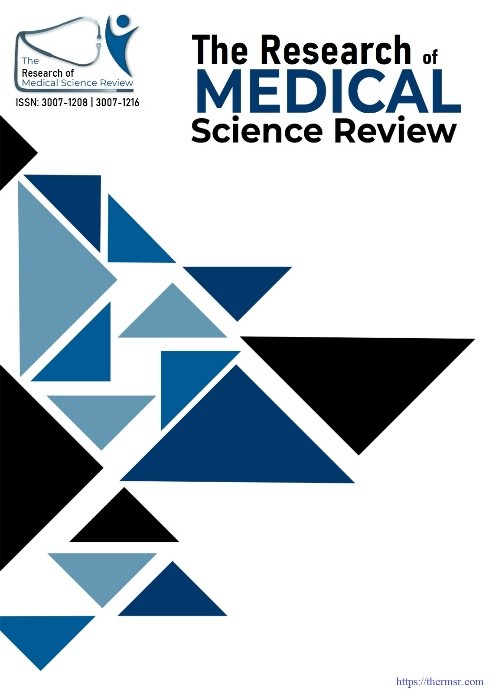FREQUENCY OF NORMAL APPENDECTOMY AT DIVISIONAL HEADQUARTER TEACHING HOSPITAL MIRPUR AZAD JAMMU KASHMIR
Main Article Content
Abstract
Background: The removal of a normal (negative) appendix continues to be a difficult task in surgery, adding to the risks incurred, slower healing time and added medical costs. The discrepancy in reports regarding acceptable negative appendectomy rates highlights the importance of local data in guiding surgeons' decisions. Objectives: 1) to determine the frequency of normal appendectomy in patients undergoing appendectomy at the General Surgery Department, DHQ, Mirpur, AJK. Duration: Six months w.e.f. 02-09-2024 to 20-03-2025 Methodology: After the hospital review committee approved the study, 200 adult patients (18–60 years old) with Alvarado scores of 7.0 or higher were enrolled at participating hospitals. The research participant signed a consent form, and documented their age, gender and BMI. The procedure was done by a senior consultant on all patients using general or spinal anaesthesia. Because of protocols in the department, a surgical approach was selected via either an open or laparoscopic approach. The microscopic examination of removed appendices determined that absent necrosis or neutrophil infiltration indicated a normal appendectomy. Confounders were identified using specific exclusion criteria. Results: The middle age for the cohort was 29.4 years; 120 of them (60.0%) were male, and 80 (40.0%) were female. Sixteen children had a BMI of less than 25 kg/m², and thirteen had a BMI of 25 kg/m² or greater. All the patients in the cohort had an Alvarado score of 8.2 ± 0.7, demonstrating that doctors were very suspicious of appendicitis in this group. Most procedures, or 195 (97.5%), were performed using an open method, and the remaining 5 (2.5%) were surgical laparoscopies. Younger patients had normal histological findings in approximately 10% of the examined appendices (20 out of 200). The rate of negative appendectomy was 10.8% for males and 8.8% for females (p = 0.62), 9.2% for patients with a BMI under 25 and 12.9% for those with a BMI of 25 or over (p = 0.38), and 10.3% for open surgeries and none for laparoscopic surgeries (p = 1.00).
Downloads
Article Details
Section

This work is licensed under a Creative Commons Attribution-NonCommercial-NoDerivatives 4.0 International License.
